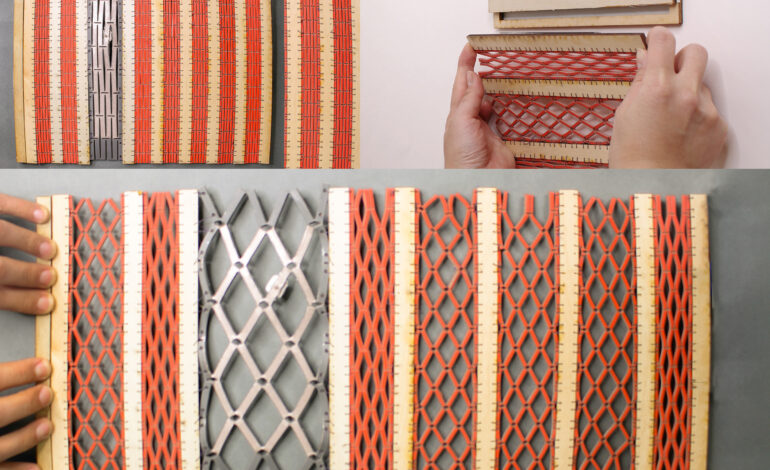MIT Unveils Shape-Shifting Antenna for Advanced Sensing and Communication

Researchers at the Massachusetts Institute of Technology (MIT) have developed a groundbreaking antenna that can change its shape and, consequently, its frequency range. This innovative technology offers significant advantages for both communication and sensing applications, surpassing the limitations of traditional static antennas. The reconfigurable antenna can be stretched, bent, or compressed, allowing it to adapt to various operational needs without the complexity of moving parts.
The design utilizes metamaterials—engineered materials whose properties can be modified based on their geometric configuration. This flexibility means the antenna can function effectively across a broader frequency spectrum, making it suitable for diverse applications such as energy transfer in wearable devices, motion tracking for augmented reality, and versatile wireless communication.
Transforming Antenna Technology
The research team, led by Marwa AlAlawi, a graduate student in mechanical engineering, emphasizes the novel application of metamaterials in antenna design. “Usually, when we think of antennas, we think of static antennas. By using auxetic metamaterials, we can seamlessly change the properties of the antenna by altering its geometry,” AlAlawi explained. The research will be presented at the ACM Symposium on User Interface Software and Technology later this year.
The antenna operates on the principle of resonance frequency, which is the optimal frequency for signal transmission. As the shape of the antenna changes, so does its resonance frequency, allowing it to sense environmental changes. For example, it could monitor a person’s breathing by detecting shifts in the chest’s expansion during respiration.
The team’s approach involved cutting a dielectric layer from a rubber sheet with a laser cutter and applying conductive spray paint to create a resonating antenna. Despite initial challenges with flexibility, they found that coating the structure with flexible acrylic paint helped maintain durability during deformation.
A Tool for Customization and Versatility
To facilitate widespread use, the researchers have developed a user-friendly tool that allows individuals to design their own metamaterial antennas. Users can customize various parameters, including the size of the antenna patch and the thickness of the dielectric layer. The tool then simulates the expected resonance frequency range, making it accessible for various applications.
In practical demonstrations, the team integrated the meta-antennas into devices like smart curtains that adjust lighting and headphones that switch between noise-cancelling and transparent modes. For instance, the meta-antenna in the headphones can shift its resonance frequency by 2.6 percent, enabling seamless mode transitions.
Additionally, the meta-antennas have shown remarkable durability, withstanding over 10,000 compressions without failure. Their ability to be patterned onto various surfaces opens new avenues for applications in smart textiles, potentially enabling noninvasive biomedical monitoring and temperature sensing.
Looking ahead, the researchers aim to design three-dimensional versions of these antennas and enhance the design tool’s functionalities. Their ongoing work promises to push the boundaries of antenna technology, offering exciting prospects for the future of communication and sensing technology.






